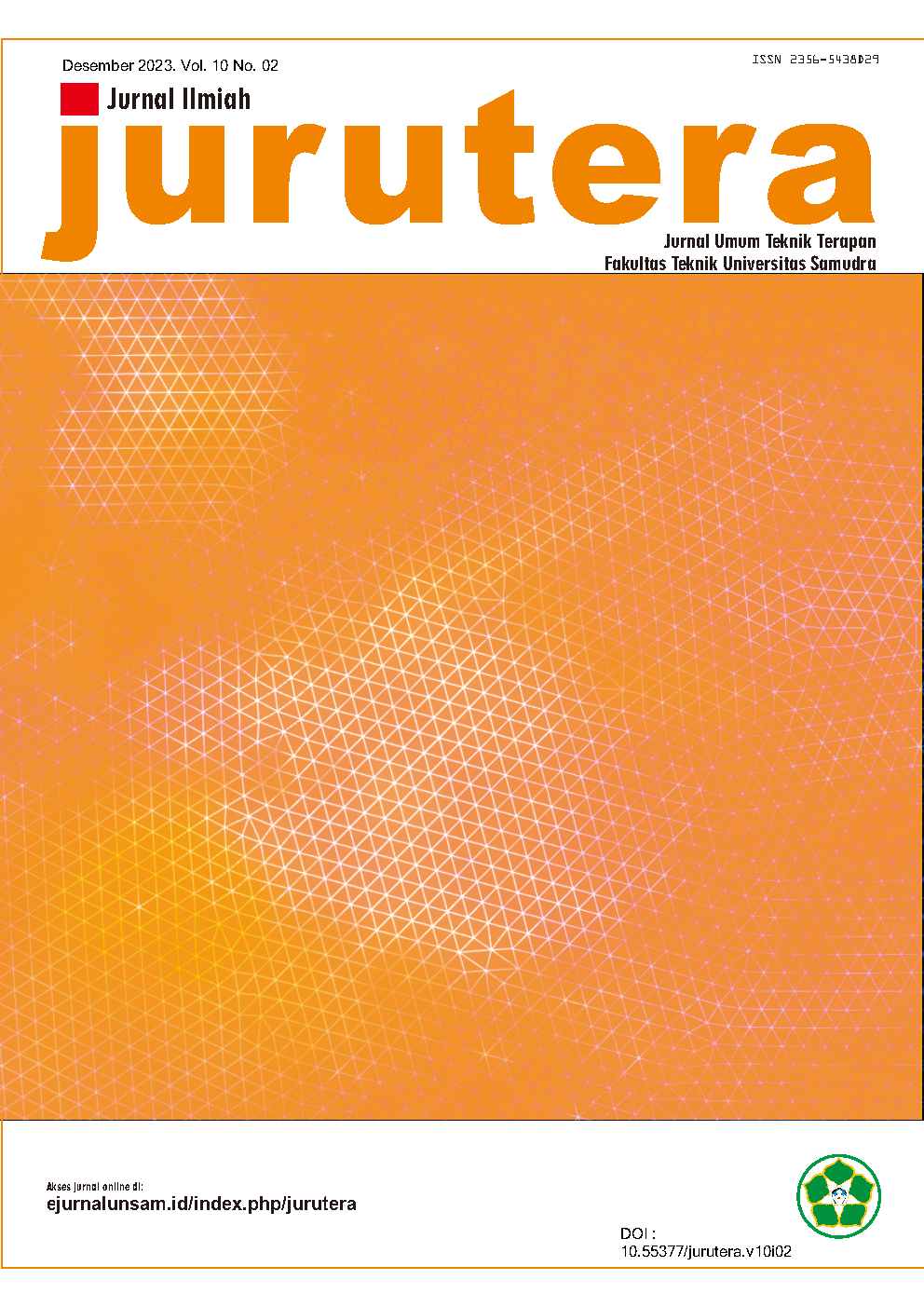Performance Evaluation of a Rice Drying System Utilizing Wick Heat Pipe as a Heat Exchanger
Abstract
Indonesia predominantly consists of a population engaged in rice farming as their primary source of livelihood. The rice farmers in Indonesia continue to employ traditional methods in the rice drying process, which poses a significant challenge as it substantially impacts the efficiency of rice processing. Consequently, to address this issue, a rice drying apparatus employing wick heat pipes as heat transfer devices has been developed. In the course of this research, the drying apparatus underwent testing at multiple points, with variations in voltage and airspeed. This was undertaken to ascertain the optimal voltage level at which the wick heat pipes, and the drying chamber would operate effectively. Voltage settings of 180V, 200V, and 220V were used, coupled with airspeeds of 1.5 m/s and 2 m/s. For the 180V setting and an airspeed of 2 m/s, a heat transfer rate (Q) of 1.0552 J/s was achieved, with an efficiency of 0.18%. Conversely, at an airspeed of 1.5 m/s, the heat transfer rate amounted to 1.1306 J/s, and the efficiency reached 0.19%. At 200V and an airspeed of 2 m/s, the heat transfer rate was 1.5075 J/s, and the efficiency was 0.21%, while at an airspeed of 1.5 m/s, the heat transfer rate was 1.1306 J/s, with an efficiency of 0.16%. At 220V and an airspeed of 2 m/s, the heat transfer rate was 1.8009 J/s, and the efficiency was 0.21%, while at an airspeed of 1.5 m/s, the heat transfer rate remained at 1.8009 J/s, and the efficiency also stood at 0.21%. In conclusion, it can be inferred that the wick heat pipes, and the drying chamber demonstrated optimal performance at the 220V voltage setting.
Copyright (c) 2023 Haikal Adlin, Nasruddin A. Abdullah, Nazaruddin Abdul Rahman

This work is licensed under a Creative Commons Attribution 4.0 International License.
All copyright for all articles belongs to the authors.














